
The Georgian era in Britain was a time of opulence, extravagance and sharp social inequalities. Hunger and poverty grew exponentially, but so did coal-fuelled fortunes, the owners of which did everything to flaunt their wealth, changing jewellery a few times a day or encrusting such mundane object as buckles, clasps and buttons with precious stones.
Anne Stuart died on the morning of 1st August 1714. Despite 17 known pregnancies she died without an heir and her death ended the reign of the Scottish dynasty on the British throne. That same day, under the Act of Settlement, her cousin George Louis of Hanover was named successor to the throne. The new king arrived on the British Isles at the age of 55, not speaking a single word of English. He became the ruler of a country he knew even less about. His enthronement, however, marked the beginning of Britain’s mercantile and military successes. The Georgian era lasted 100 years, its timeline fixed by the reign of four kings of the same name.
The turn of the 18th century brought about significant political changes. Scotland and England united into one kingdom under the Act of Union in 1707. The newly formed United Kingdom of Great Britain became one of the most prosperous countries in the world. Its glory was fuelled by the industrial revolution, which had just begun.
Mass production slowly replaced age-old agricultural processes and artisanal manufacturing. In 1733, John Kay built the first mechanized loom, the flying shuttle, which allowed one weaver to produce fabric of any chosen width twice as fast as before. Another extraordinary innovation in the weaving industry was the spinning jenny, a machine built by James Hargreaves. At first it was manpowered, then a water frame was added and the upgraded, water-powered machine became one of the key factors in the industrialization of textile production.
However, it wasn’t weaving machinery that brought about true change. The father of the industrial revolution was Thomas Newcomen, who built the atmospheric steam engine prototype in 1712. In the following decades, his invention paved the way for industrialization. The famous Scottish engineer James Watt modernized Newcomen’s machine much later, in the 1870s, creating the steam engine as we know it. Its widespread use included powering furnace bellows and mine dewatering pumps. Moreover, it significantly increased coal extraction and accelerated the development of metallurgy and transportation. In the case of the latter, asphalt also turned out to be a crucial invention, since it shortened the two-week journey from London to Edinburgh to a 48-hour trip. Britain was becoming powerful, and the revolution that propelled it went hand in hand with incredible success in trading policy.
In those times, most European superpowers were focused on territorial expansion and dynastic interests, whereas the United Kingdom followed in the Netherlands’ footsteps and concentrated on developing trade. Of course, it did not turn a blind eye to the above-mentioned issues, but undertook an awe-inspiring effort to create a global network of influence and secure the interests of both kingdom and its entrepreneurs. The security of this investment was ensured by the Royal Navy who guarded the new trading routes. It was a machine that was so well-oiled that it remained unrivalled for the next 100 years and was considered the most powerful naval fleet in the world. Its existence allowed the United Kingdom to set up a network of trade posts all over the globe and establish direct control of overseas colonies.
By the mid-18th century, Britain had gained control over global trade, generating huge income, both in public and private wealth. The upper and middle classes became incredibly rich over a short period of time (as opposed to the increasingly poor citizens of the underprivileged classes). For the first time in history, one’s social position depended on money instead of birth status. The inheritors of recently made fortunes could either engage in social activity or lead carefree lives. Fashion, art and architecture flourished. Entire city districts were transformed: houses, representational public offices, and palaces for the old and new elites were all built at the same time. Urban spaces were packed with architectonic projects designed in full swing. The ‘old’ Stuart trends were replaced by ‘new’ classical designs.
The beginning of the Georgian era saw a boom in palladianism, an architectural style based on the work of the Italian Andrea Palladio (palladianism was soon replaced by neoclassical, then neo-Gothic forms). When George III became king, the interiors of wealthy British homes were gradually filled with Wedgwood porcelain, Chippendale and Sheraton furniture, and paintings by the likes of Joshua Reynolds and Thomas Gainsborough. In fact, the Georgian era revolutionized not only architecture and interior design, but decorative arts as well. Enormous amounts of jewellery were commissioned and the craft of British jewellers quickly gained worldwide renown.
The rococo style and its floral themes were in vogue at the beginning of the 18th century. A formidable example of rococo jewellery are giardinetti rings, which imitate tiny floral compositions and flower baskets. With time, these intricate jewels were slowly replaced by simpler forms: geometrical and neoclassical designs marked the end of the era.
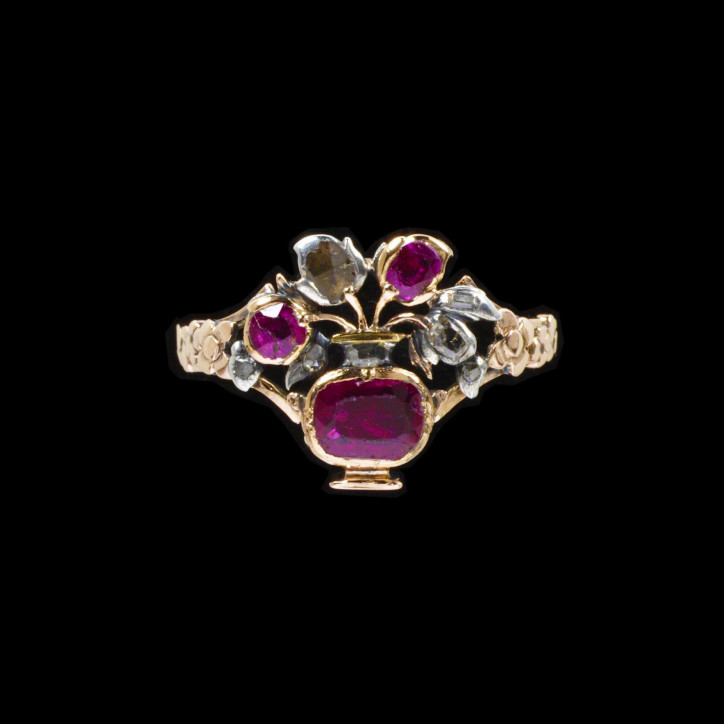

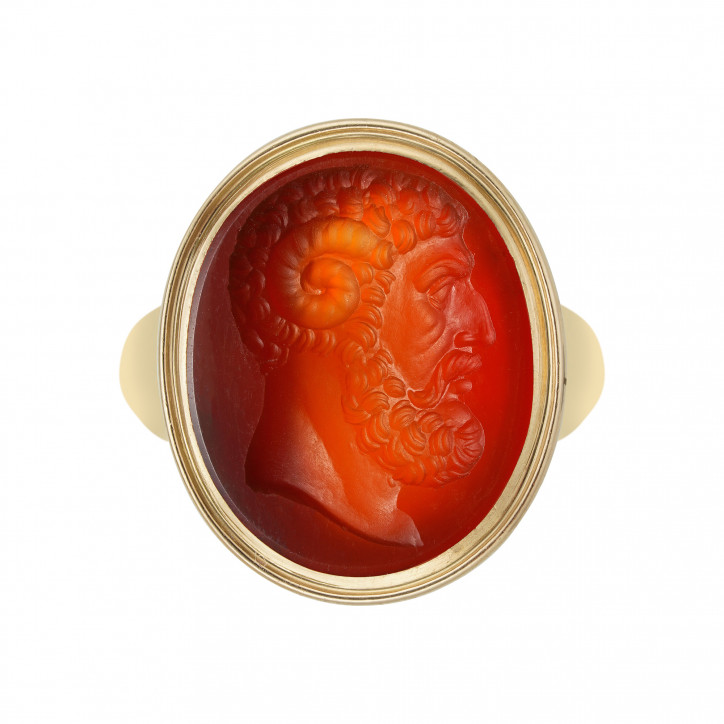
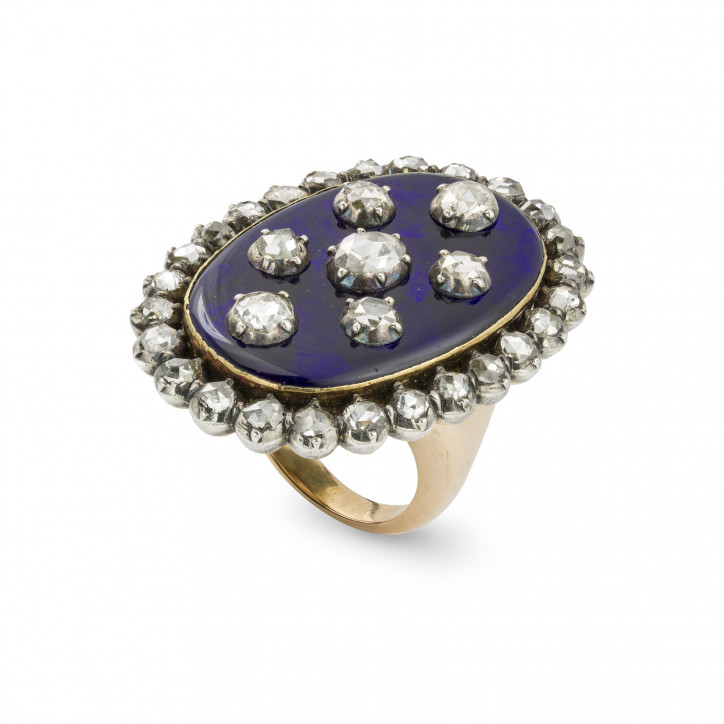

Georgian ornaments were entirely handmade, but manufacturing was sped up by the invention of modern rolling mills, patented in the mid-1800s. Rolling mills replaced the extenuating manual labour of apprentices who spent hours hammering gold and silver into thin sheets for their masters’ use. Although clients could undoubtedly afford gold, the most fashionable precious metal was silver, mostly used for setting diamonds. In order to protect the client’s skin and clothes from stains caused by silver ornaments, jewellers would coat the pieces with gold from the inside. If diamonds were set in silver, gold settings, on the other hand, were often used with gemstones; the most popular kinds were garnets, amethysts, topazes, emeralds and rubies.
A very unique feature of Georgian jewellery were closed settings lined with coloured foil. Foiling precious stones was an effective way to enhance their brilliance, insufficiently highlighted by the existing gem-cutting techniques. Foiling beautifully refracted the light that shone through the gem into the setting. It gave a radiance to the jewels and ‘coloured’ the paler specimens. These ingenious ornaments were produced by placing gems over tiny mirrors made of thin metal foil. Such refractors could be made in different colours, but fuchsia-pink foiling was especially coveted.
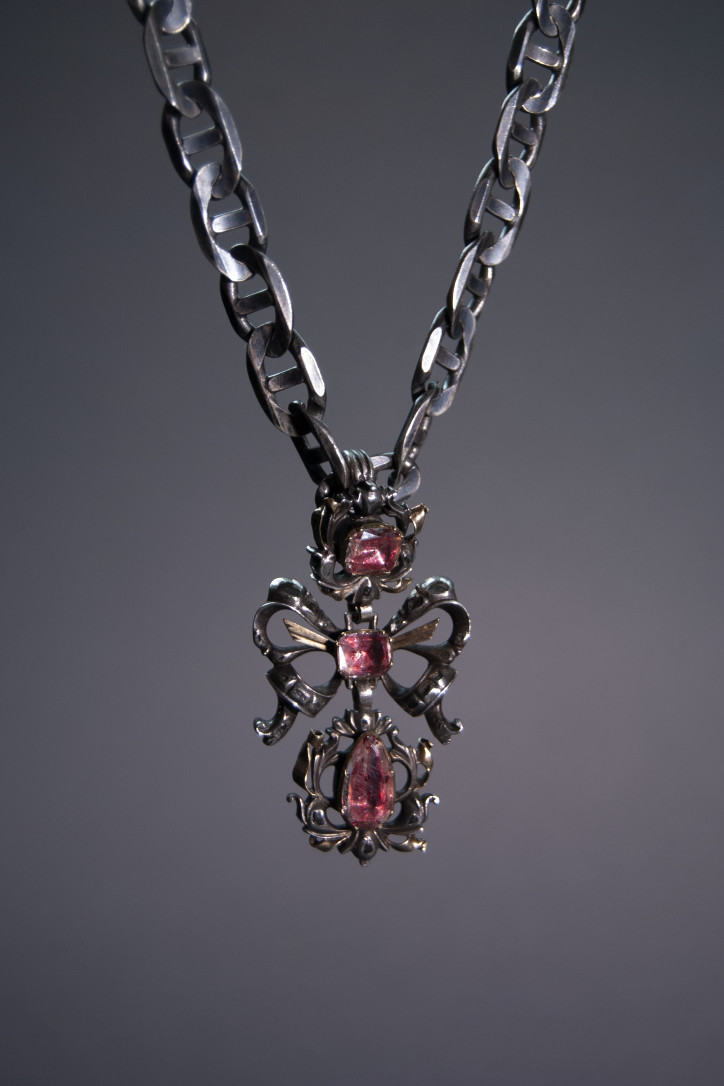
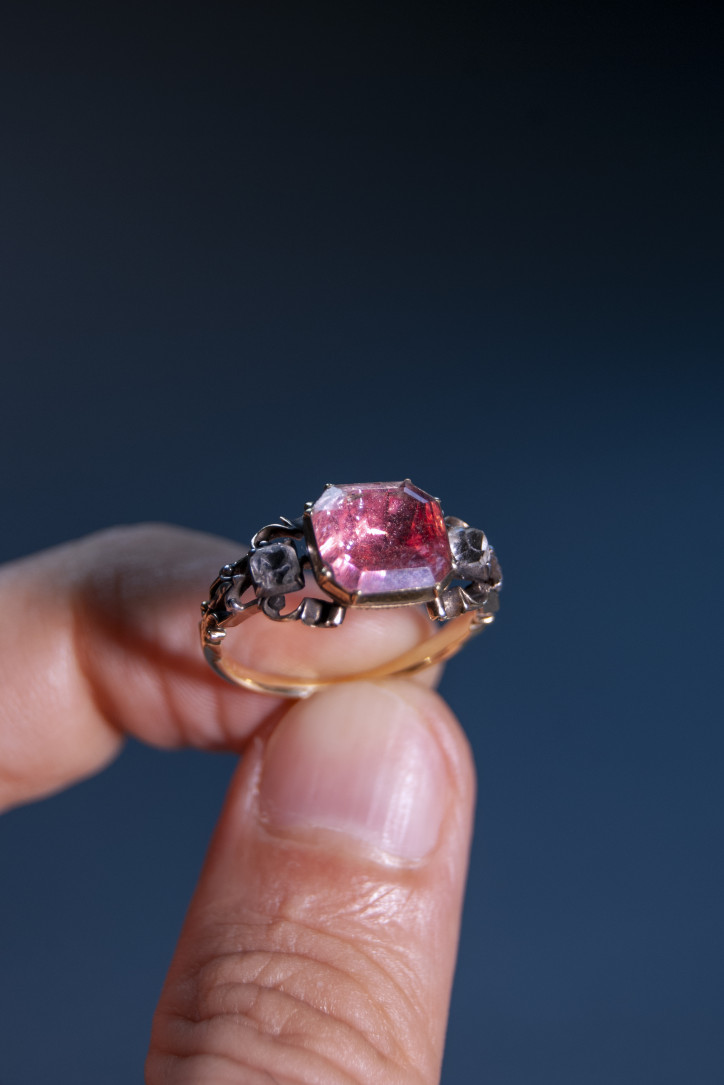
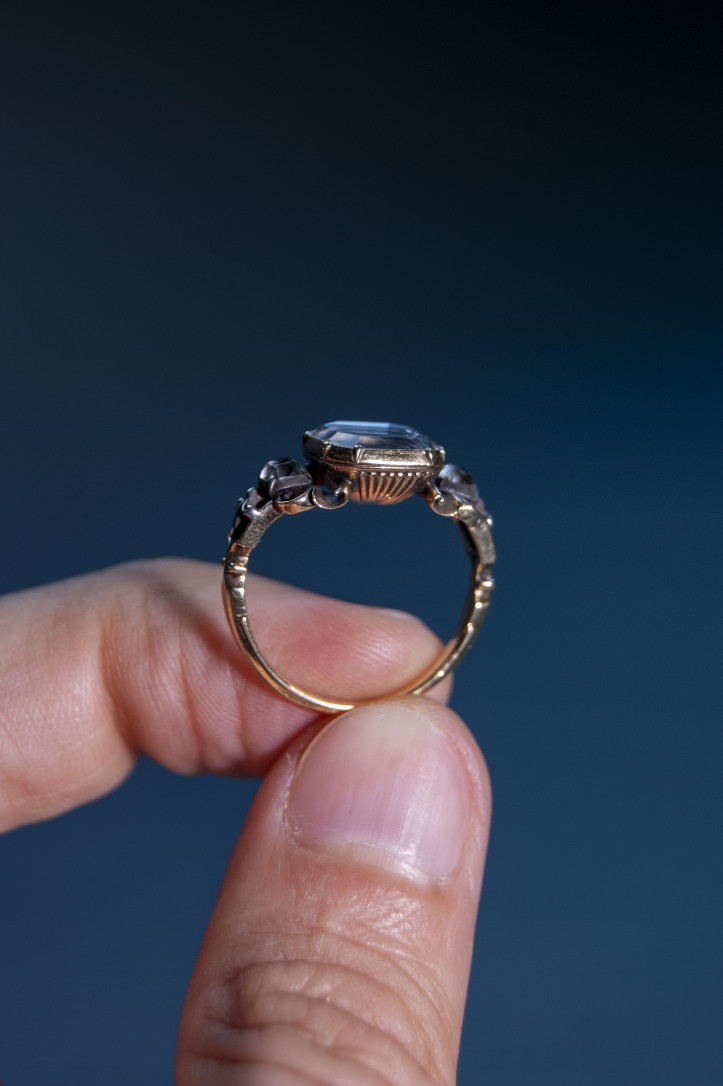
Another kind of ornamentation associated with the Georgian era is sentimental jewellery, which flourished in the first decades of the 19th century. Portrait miniatures, small eye drawings or keepsakes with little locket compartments for locks of hair were proof of love and remembrance. Mothers commissioned such jewels to enclose their child’s portrait or locks of hair. Husbands, wives and lovers did the same. Mourning jewellery also existed – it was usually embellished with black enamel and commissioned after the death of a close one.
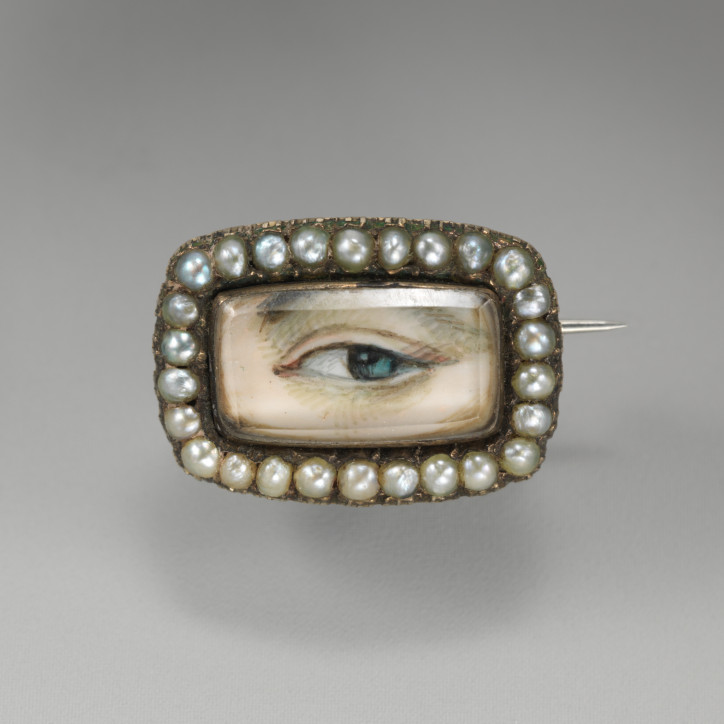
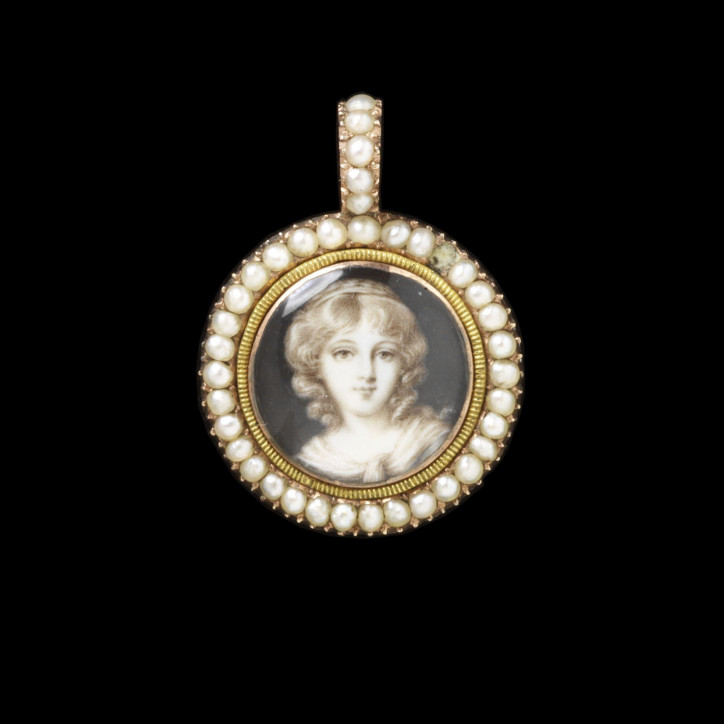

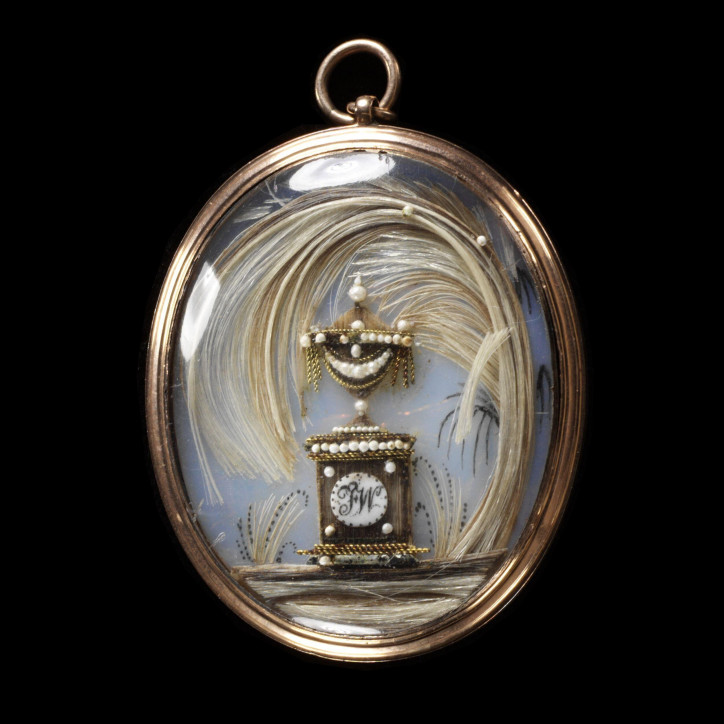
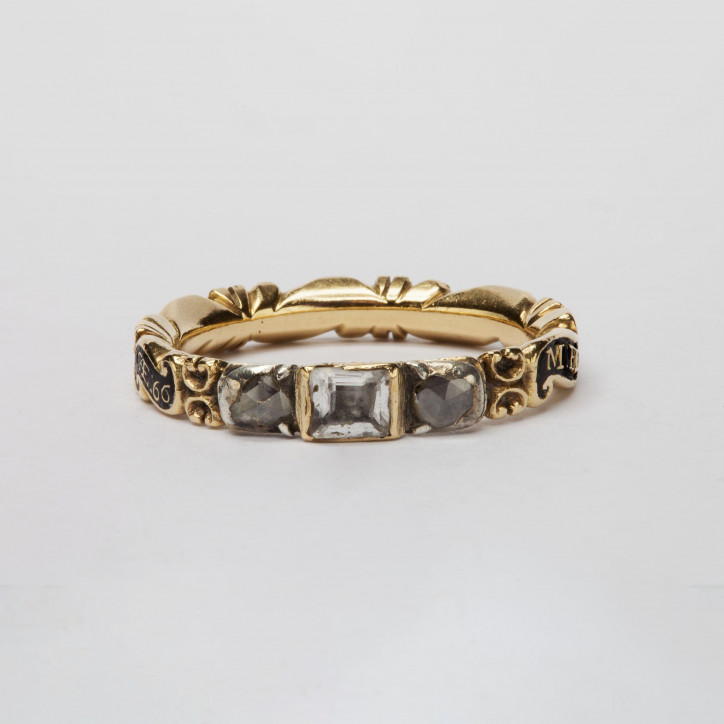
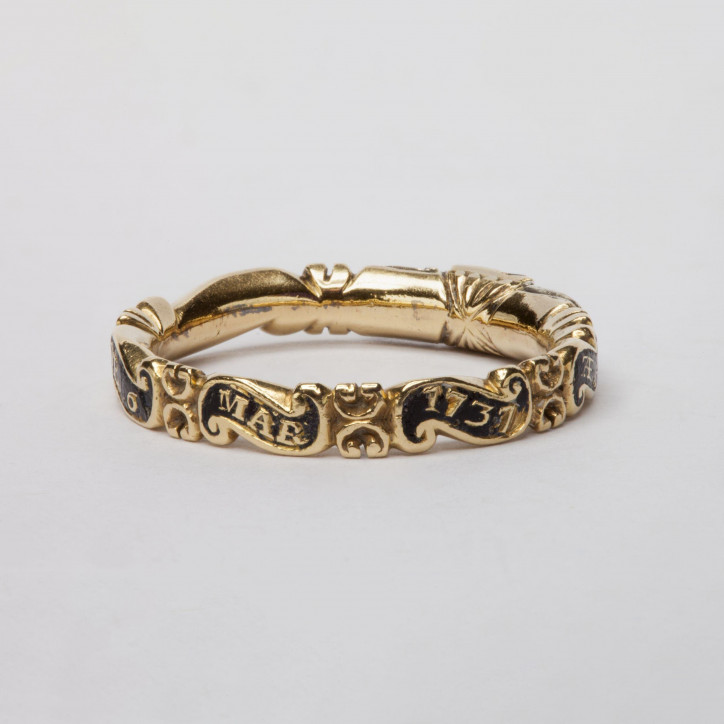
With time, British society started rejecting the strict laws that dictated what clothing and jewellery could be worn by the representatives of various social classes and ethnicities (Sumptuary Laws). Jewellery gradually lost its elitist character and demand increased exponentially. New ornament designs appeared on a monthly basis. They all served different purposes and were supposed to be worn during different times of the day.
An important factor in the development of jewellery-making was the gradual emancipation of women. For the first time in British history, women could change and influence their own image. The literate, culturally- and politically-oriented female representatives of the higher classes abandoned their roles as housewives and living room decor. They started engaging in social discourse, hosting balls and meetings in Pump Rooms found in fashionable cure houses, like those in Bath or Tunbridge Wells. The evening meetings and games were facilitated by the modernization of candle-production technologies: wax lasted longer and the candle flames shone brighter. The prolongation of daily activities also influenced the design of daytime and nighttime jewellery.
Natural light was perfect for emphasizing the beauty of paste and gems. Pearls were also a favourite during the day, and the tiny seed-pearls found on the Indian coast were incredibly popular. They were made into very long necklaces, called sautoir, with dangling tassels (also made of pearls); they could also be set around gems in brooches and rings. Extravagance and abundance were in vogue, so rings were worn on each finger, most often a few at a time (just like bracelets). Fobs became extremely popular among women; various accessories were attached to them, including sewing kits. Men were fond of decorative belt- or shoe buckles and gem-studded buttons.
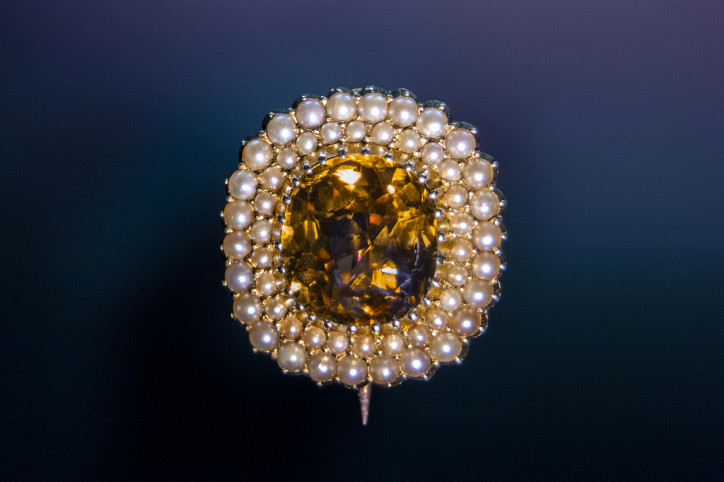
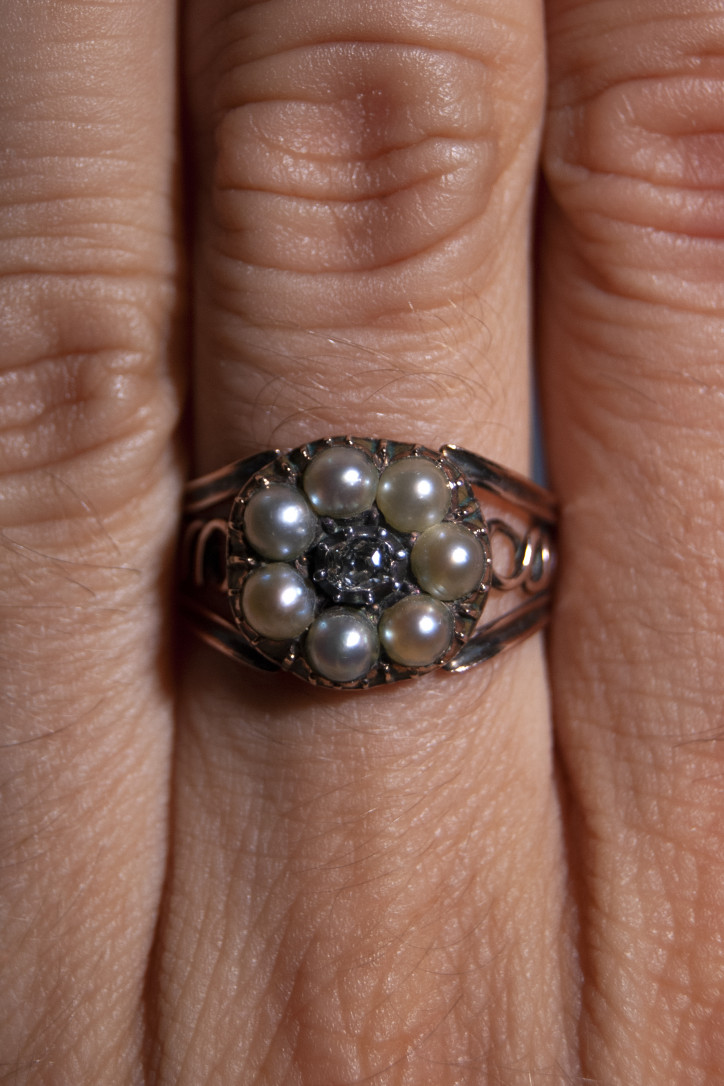

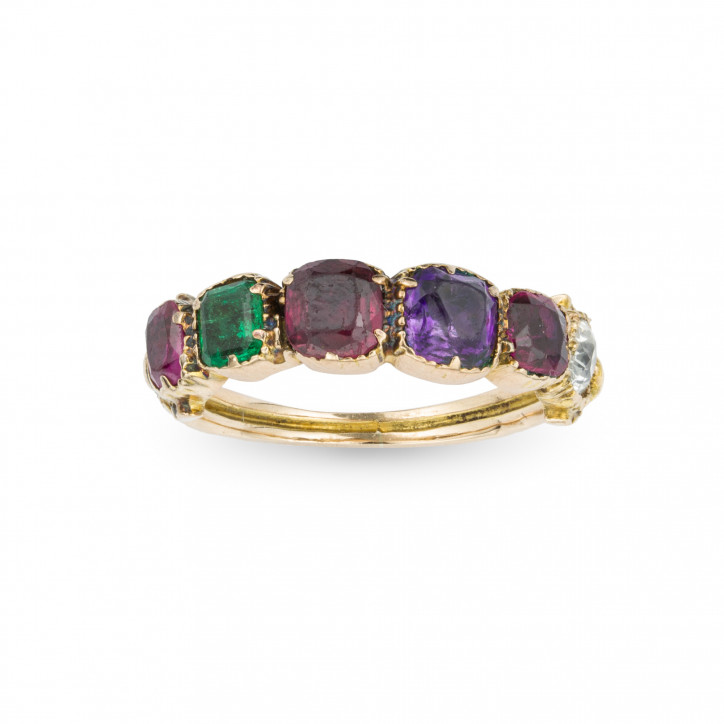
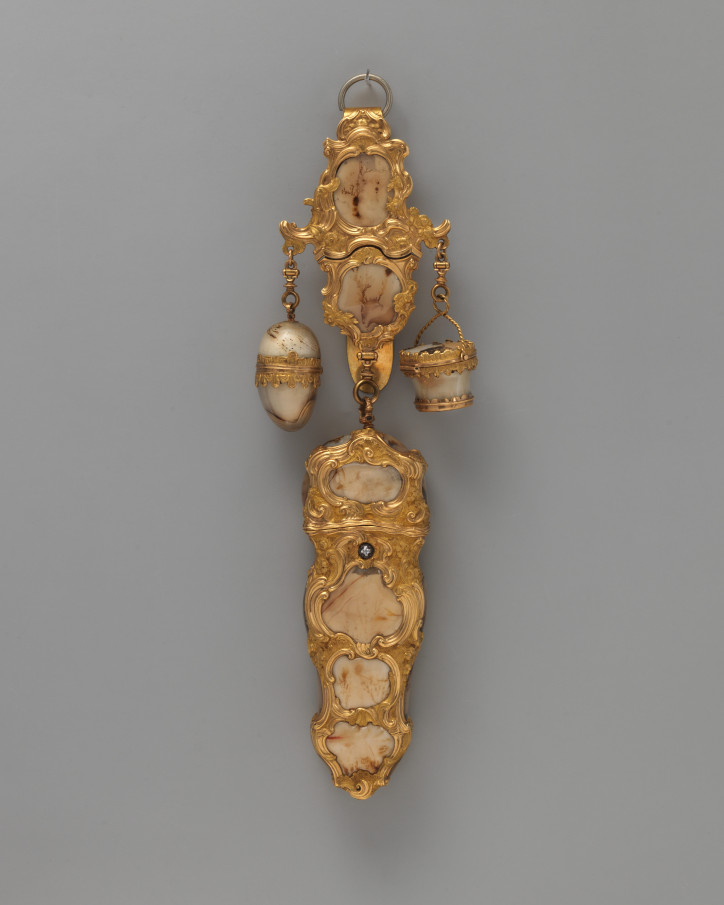
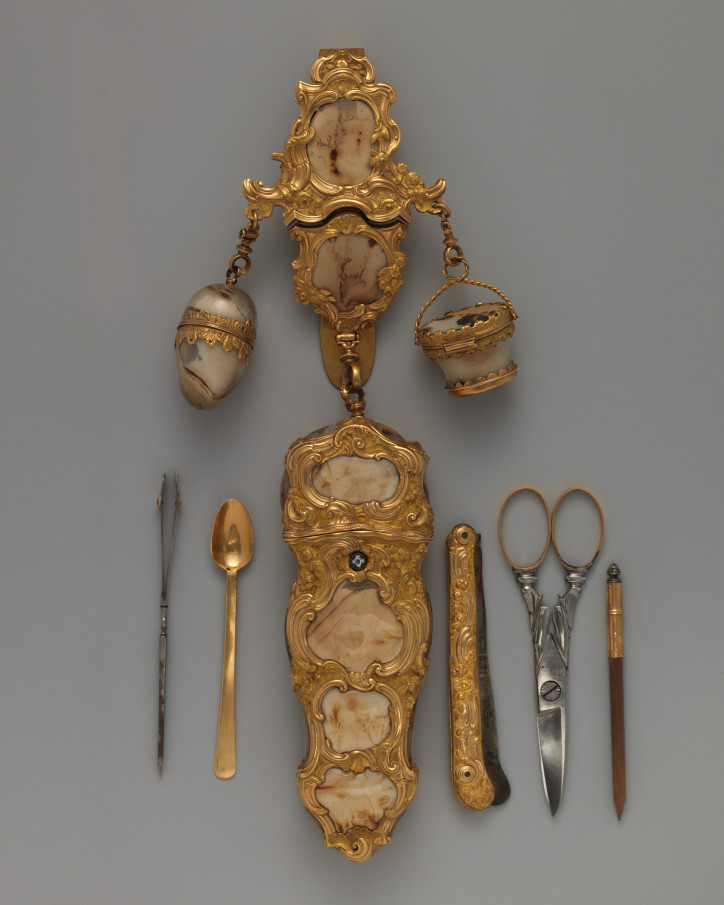
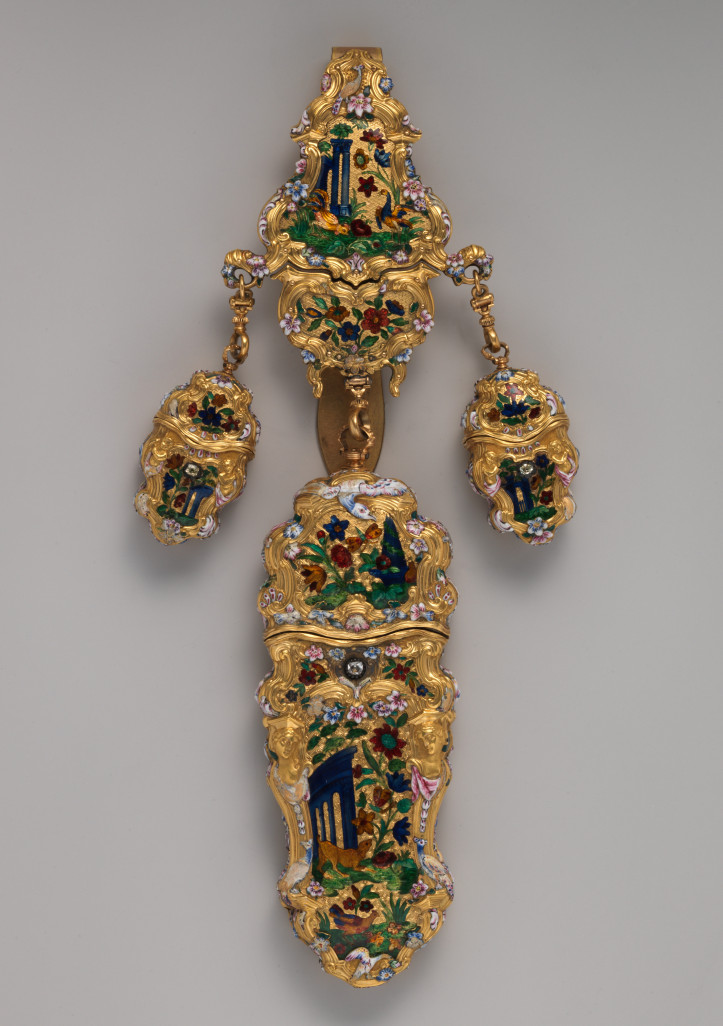
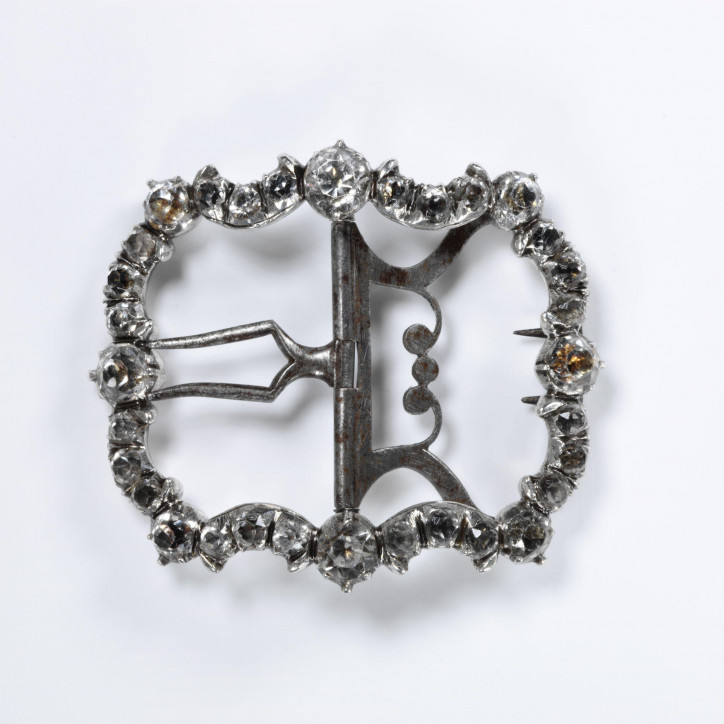
At night, diamonds reigned in the ballrooms. The new diamond mines in India and Brazil were becoming more and more accessible. But the true wave of sparklers flooded the United Kingdom with the arrival of immigrants escaping the French Revolution. The greatest admirer of diamonds in Britain, the Prince of Wales, collected them without any restraint. The future king did not spare money when it came to jewellery and parties: the splendour and exquisite attires seen at his balls went down in history. The ladies invited to the events he hosted wore flowing, fashionable rivière necklaces or entire jewellery sets called parure. Moreover, some women ordered costumes entirely made of jewels to attend the royal parties.
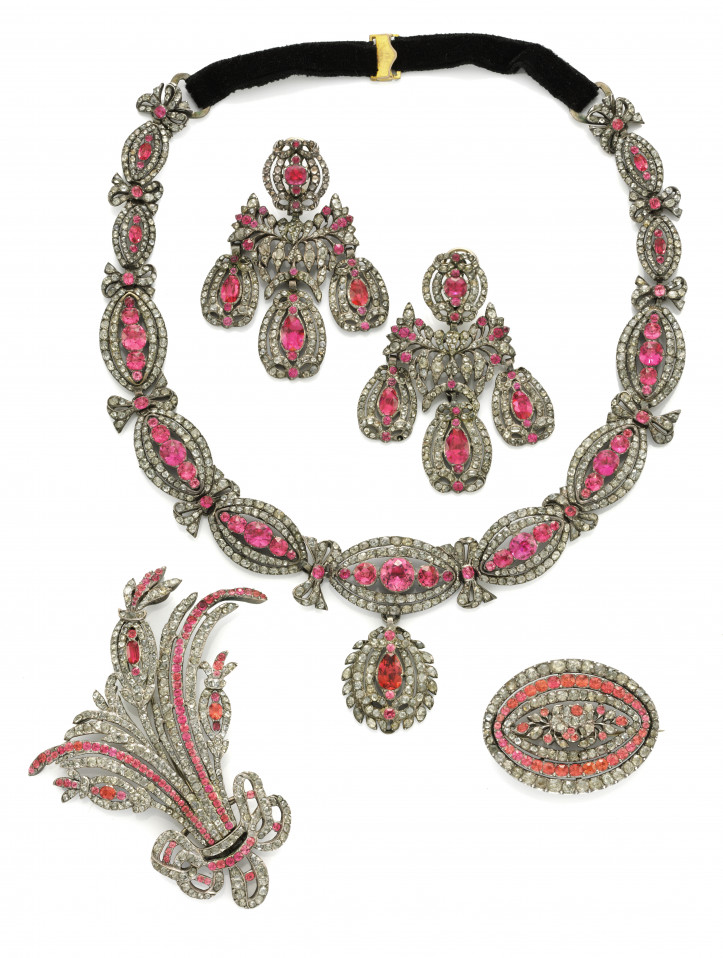
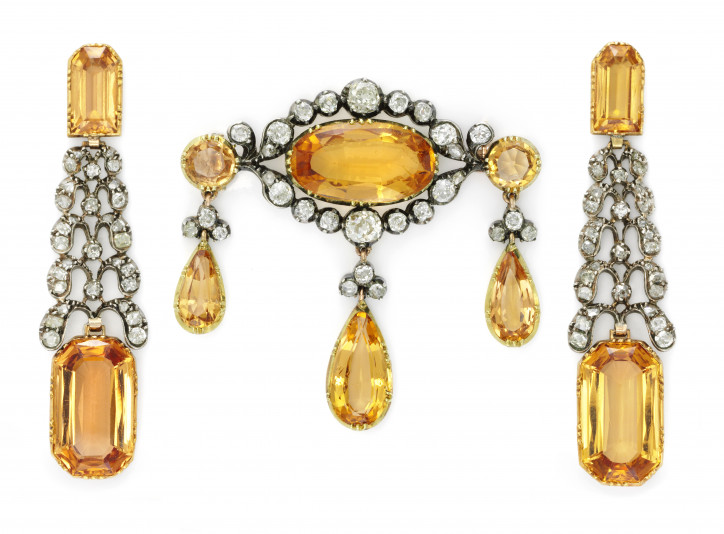
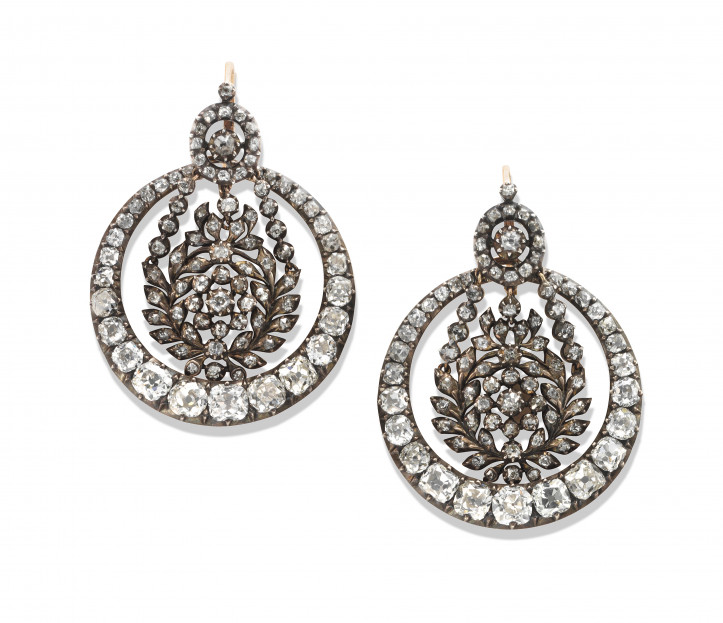

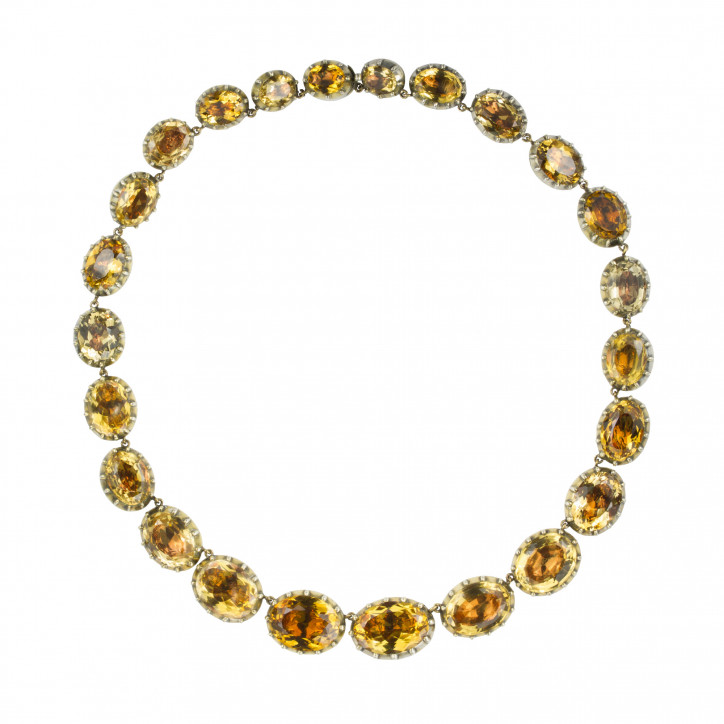
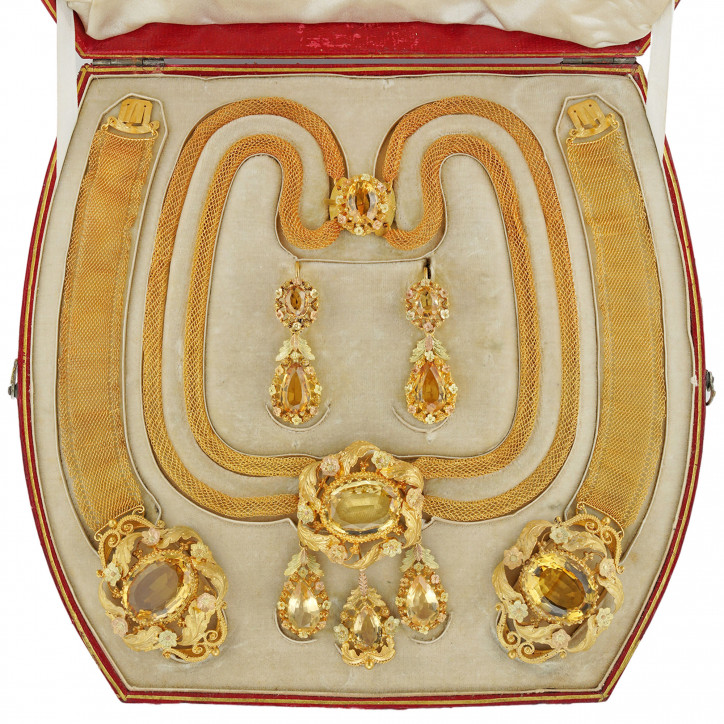
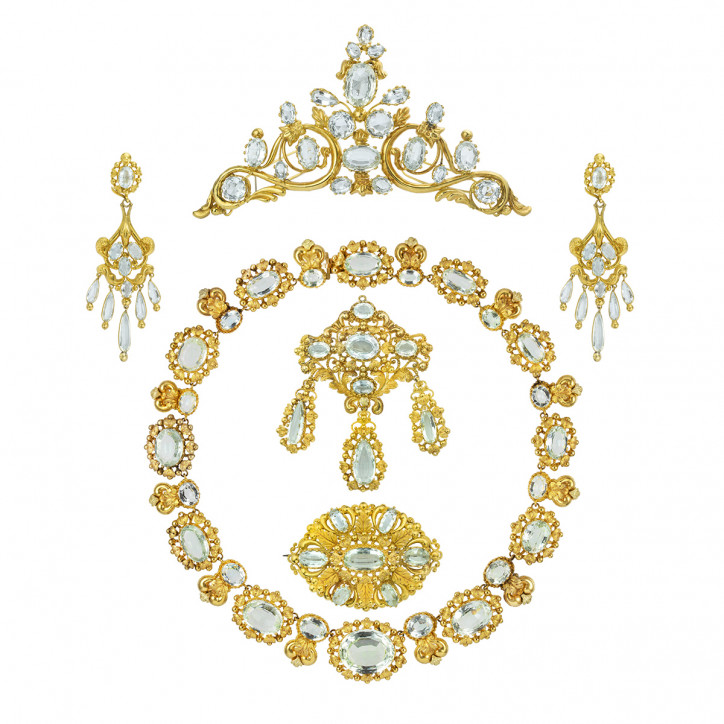
***
Georgian jewellery is very hard to find nowadays. It was used for years, then melted down to satisfy the needs of its owners in new forms. The specimens that survived are undoubtedly beautiful examples of an ancient craft, as well as some of the last ornaments of their kind, handmade with old techniques. Due to the galloping industrial revolution, new technologies triumphed among the goldsmiths of the Georgian era. Moulds started being produced by machines – faster and in larger quantities – but they often lacked the subtle magic of Georgian ornaments. Unfortunately, these changes were only noticed in hindsight.
Translated from the Polish by Joanna Piechura












